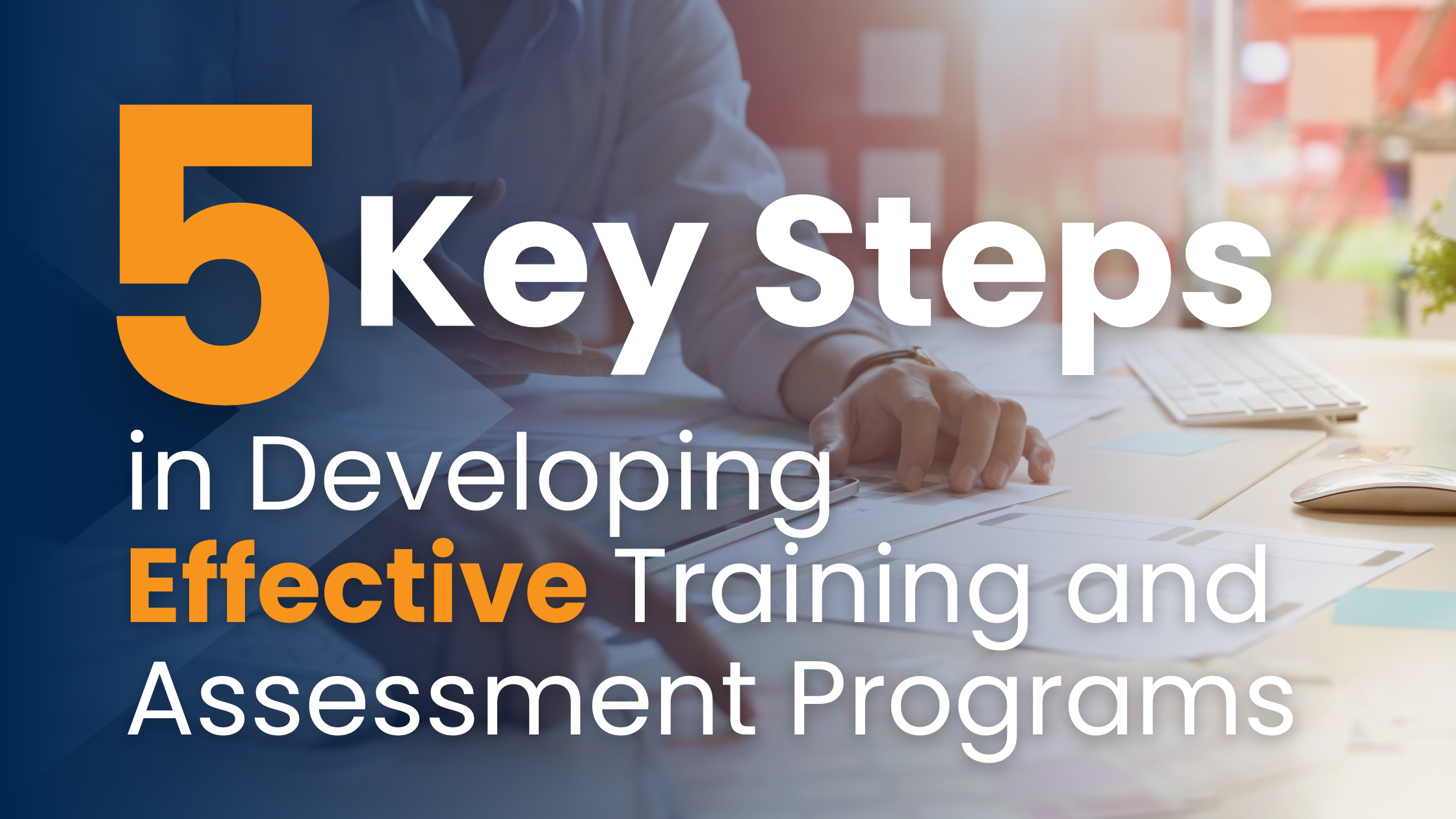
Each training situation has its own unique context. For example, you might conduct some of your training in short, single sessions (from one to three hours in total length). In such brief periods, you might have time for only one short opening or closing activity. Therefore, limit yourself to a single technique and keep it quick. When your training involves a multisession format, there is time for more openers, closers, and nontraditional methods, such as team learning. In that case, make use of more techniques.
Engage your participants from the start. Use activities at the beginning of an entire course or at the beginning of any single training session to develop climate for active learning, promote peer interaction, and build immediate involvement in the learning topic.
Be a brain-friendly presenter. Present information and concepts that maximize understanding and retention through techniques that stimulate participants’ brains to be mentally alert and receptive to new data.
Encourage lively and focused discussions. Structure discussions so that participants are motivated to participate and pursue the topic in depth.
Urge participants to ask questions. Motivate participants to ask thoughtful questions and seek information that will answer them.
Let participants learn from each other. Set up effective group learning and peer teaching activities that requires peer collaboration.
Enhance learning by experiencing and doing. Design and facilitate games, practice exercises, role-plays, and other experiential activities to enhance the learning of information, skills, and values.
Blend in technology wisely. Effectively integrate synchronous and asynchronous e-learning tools with classroom learning activity.
Make the end unforgettable. Close a learning experience so that participants review what they have learned, reflect on its importance, consider future steps, and celebrate their accomplishments.
Focus on Outcomes, Not Content
All too often, training is designed around the information, concepts, or skills that appear to be central to the topic at hand. For example if the topic is teamwork, a training design might cover subtopics, such as the team concept, goal setting, roles and responsibilities, managing conflict, problem solving, and decision making. As a result, separate modules might be developed for each topic. On paper, it seems that the design covers the topic of teamwork well, but what happens in the actual experience of the participants? Most will find that they “toured” the topic. They went from subtopic to subtopic, much like a sightseer goes from city to city, or country to country, taking in the tour guide’s patter but often forgetting where they were a few days ago. At best, participants walk away feeling “been there, done that.”
Competency-based training should focus on outcomes rather than content. The training is must be designed to achieve a result instead of covering a topic. Thus, training on teamwork will be concerned with the outcomes:
- Participants will assess how they contribute, as individuals, to their team’s success and determine what they can do to make a strong contribution.
- Participants will experience a variety of team problem-solving approaches and decide how to apply them to their own team situation.
- Participants will identify arenas of collaboration within their organization that are not currently happening and strategise how to make those initiatives.
My suggestion is to look at your current training session and ask yourself if they are focused on content or outcomes. If it’s the former, start asking yourself this question: What do I want participants to do with the training they are getting? When you make this shift in focus, you will really appreciate the eight strategies mentioned above, and start to use them consistently. For example, you will want to involve your participants from the beginning (with icebreakers) to the end (with closing activities) of the training program because they are the key of your success. What you tell and show your participants ultimately doesn’t count. What they take away is paramount. It makes no difference how eloquent you are or how elegant your presentation slides appear. What’s vital is how well they understand what you’ve taught and how motivated they are to apply it. When the training is focused on specific targets, the participants must take more active responsibility for the outcome.




